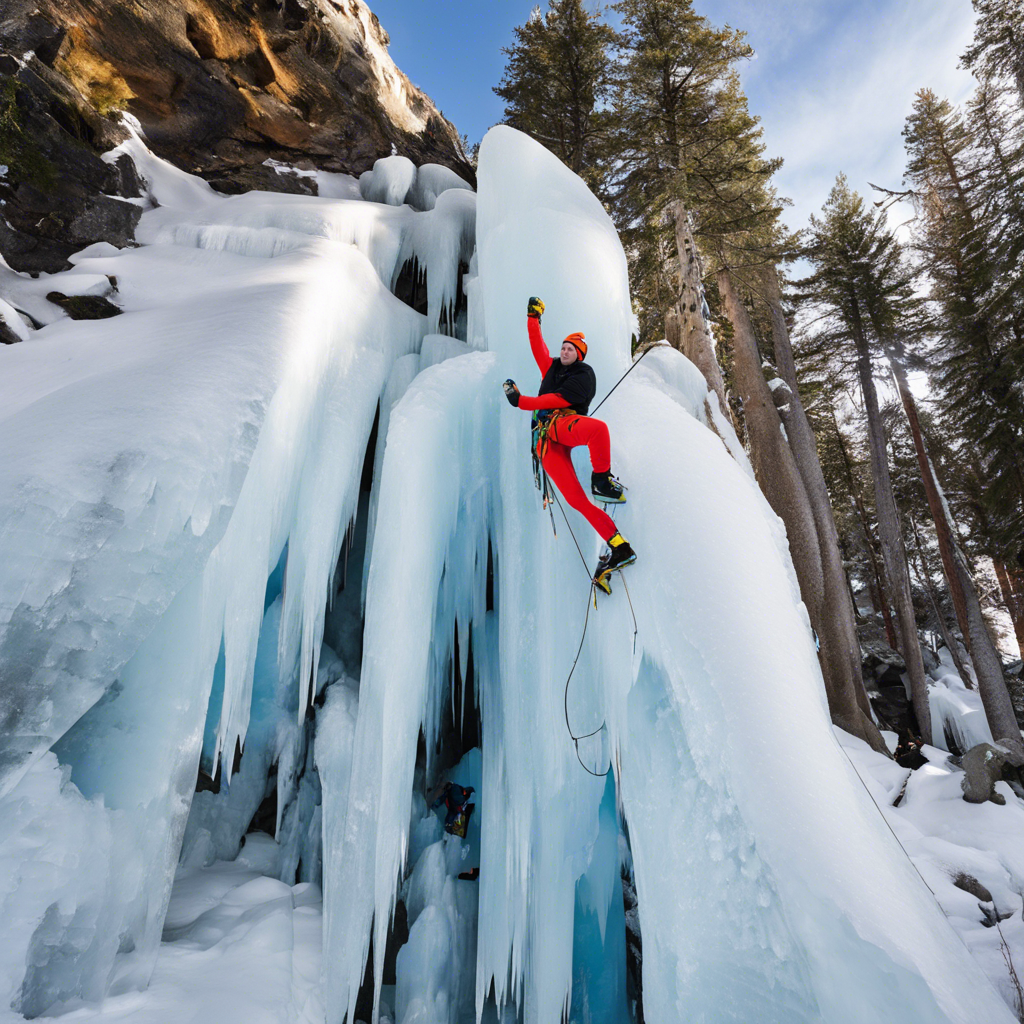Ice climbing is a demanding sport that requires strength, endurance, and flexibility. It’s no wonder that yoga, with its focus on mind-body connection and physical agility, has become an integral part of many ice climbers’ training routines. Ice climbing yoga is a specialized practice that aims to prepare the body and mind for the unique challenges of climbing frozen waterfalls and alpine routes.
In recent years, a growing community of ice climbers has embraced yoga as a complementary practice to their training regimens. “Ice climbing is a full-body workout, and yoga helps me maintain the flexibility and strength I need to perform at my best,” says Sarah Garlick, an avid ice climber and yoga instructor based in Ouray, Colorado. “It’s also a mental game, and yoga helps me focus and stay present, which is crucial when I’m climbing.”
The benefits of yoga for ice climbers are numerous. The practice improves balance, core strength, and stability, all of which are essential for navigating steep ice and mixed alpine terrain. Yoga’s emphasis on breath control and mindfulness can also help climbers manage the mental challenges of the sport, such as dealing with fear and making critical decisions in high-stress situations.
A typical ice climbing yoga routine might include a mix of strength-building poses, such as downward-facing dog and warrior II, balanced with deep stretches to target tight areas like the hips, shoulders, and wrists. Climbers may also benefit from practicing inversions like headstands and handstands, which help build upper body and core strength while improving climbers’ comfort and confidence in upside-down positions.
Yoga also plays an important role in injury prevention and recovery. Ice climbing can be hard on the body, particularly the shoulders and wrists, which bear a lot of weight and impact during climbs. Yoga helps to strengthen and stabilize these joints, reducing the risk of injury. The practice also improves climbers’ body awareness, teaching them to recognize and respect their physical limits, which can help prevent overexertion and overuse injuries.
For climbers who spend long hours outdoors in cold, harsh conditions, yoga can also be a valuable tool for recovery and rejuvenation. “After a long day of climbing, a restorative yoga practice helps me relax and recover,” says Garlick. “It’s a great way to ease sore muscles and keep my body and mind in a healthy place.”
Recognizing the growing popularity of ice climbing yoga, some climbing gyms and outdoor adventure companies now offer dedicated yoga classes tailored to ice climbers. These classes often incorporate climbing-specific poses and sequences designed to mimic the movements and positions climbers find themselves in while on the ice. Additionally, online resources and social media communities provide ice climbers with yoga routines they can practice at home or on the road, ensuring they can stay consistent with their yoga practice wherever their adventures take them.
As the ice climbing season gets underway, many climbers are incorporating yoga into their training routines, reaping the physical and mental benefits that will help them climb harder and safer. Whether practicing in a studio or on a mountaintop, ice climbing yoga is helping climbers of all levels push their limits and achieve their alpine ambitions. So, if you’re an ice climber looking to gain an edge this season, rolling out your yoga mat might just be the secret weapon you’ve been searching for.
